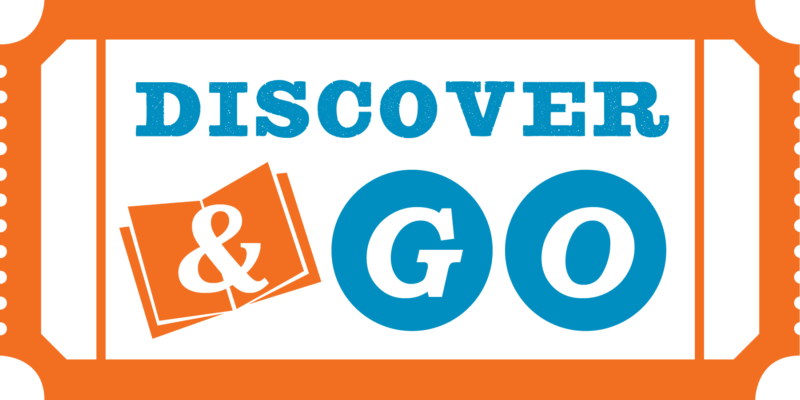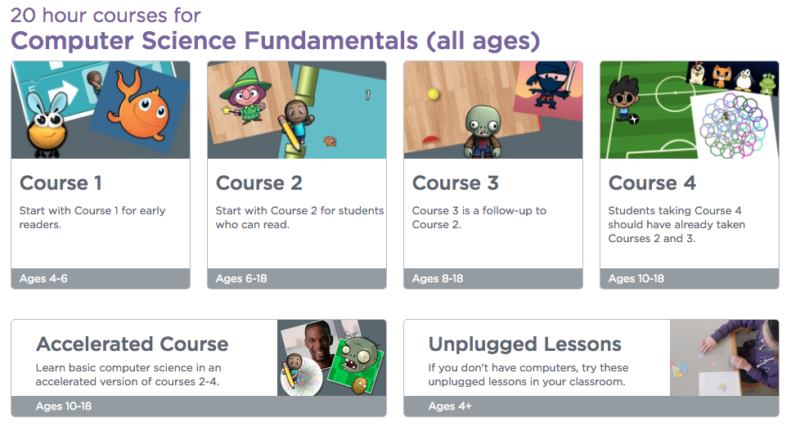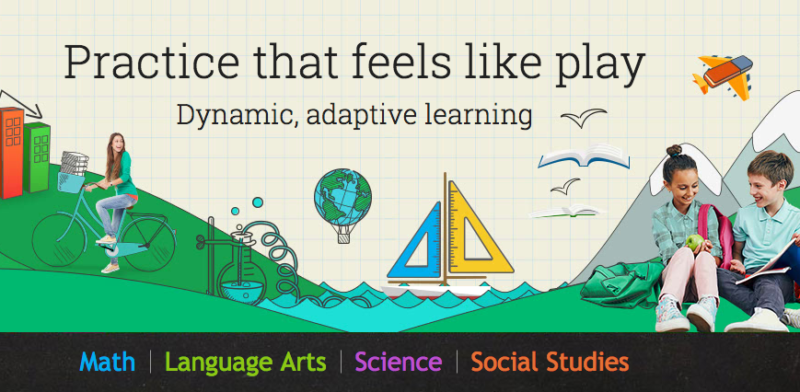As students, teachers, and families are beginning their summer vacation, it’s important to remember that the learning process doesn’t take a break during the months of June, July, and (some of) August. While most students don’t see the inside of a traditional classroom in summer, there are many opportunities to continue to improve Math fluency and Reading Comprehension, as well as develop skills that may lead to discovering new career paths. Adventures await around the Bay Area! Here are 4 free or low cost activities that will keep your learner motivated and engaged this summer.
Discover and Go
Discover and Go is a partnership between public libraries in Northern California and local museums and community centers that offer free and discounted tickets for students and their families. It’s absolutely free to sign up; all you need is a public library card from one of the fifteen participating Northern California counties. Members enter the Discover and Go portal through their library site, and can select tickets by date availability. Participating museums and attractions include: Bay Area Discovery Museum, California Academy of Sciences, Children’s Creativity Museum, CuriOdyssey, Exploratorium, and the Pacific Pinball Museum. Each member may have up to two outstanding reservations at a time.
This is a fantastic way to expose children to the wonderful cultural institutions the Bay Area has to offer. It’s difficult to budget for multiple family outings during the summer without breaking the bank. Discover and Go offers this to all members, regardless of income. I have already used two Discover and Go passes to play pinball and visit the Museum of the African Diaspora.

Take action: Dig up your library card (or register for one!), sign up at www.discoverandgo.org, and plan an outing for the first week of summer vacation! See how many new and exciting places you can visit this summer, and have your children journal about what they saw and experienced! Discover and Go memberships are FREE.
Code.org’s Code Studio
Learning how to code may be one of the most enjoyable activities your students or children can do during their summer break. I engage my students in a coding activity in my Math class on a monthly basis. During this session, we put the prescribed curriculum on the back burner for a day, and I give them the opportunity to go to Code.org’s Code Studio and work on their course. As 6th graders, they were able to complete Course 2 of the Computer Science Fundamentals series, and are now equipped with the tools necessary to create their own games, mostly on MIT’s Scratch site. Coding can expose students to new job possibilities, and new skills that they can use to be successful in school and beyond.



